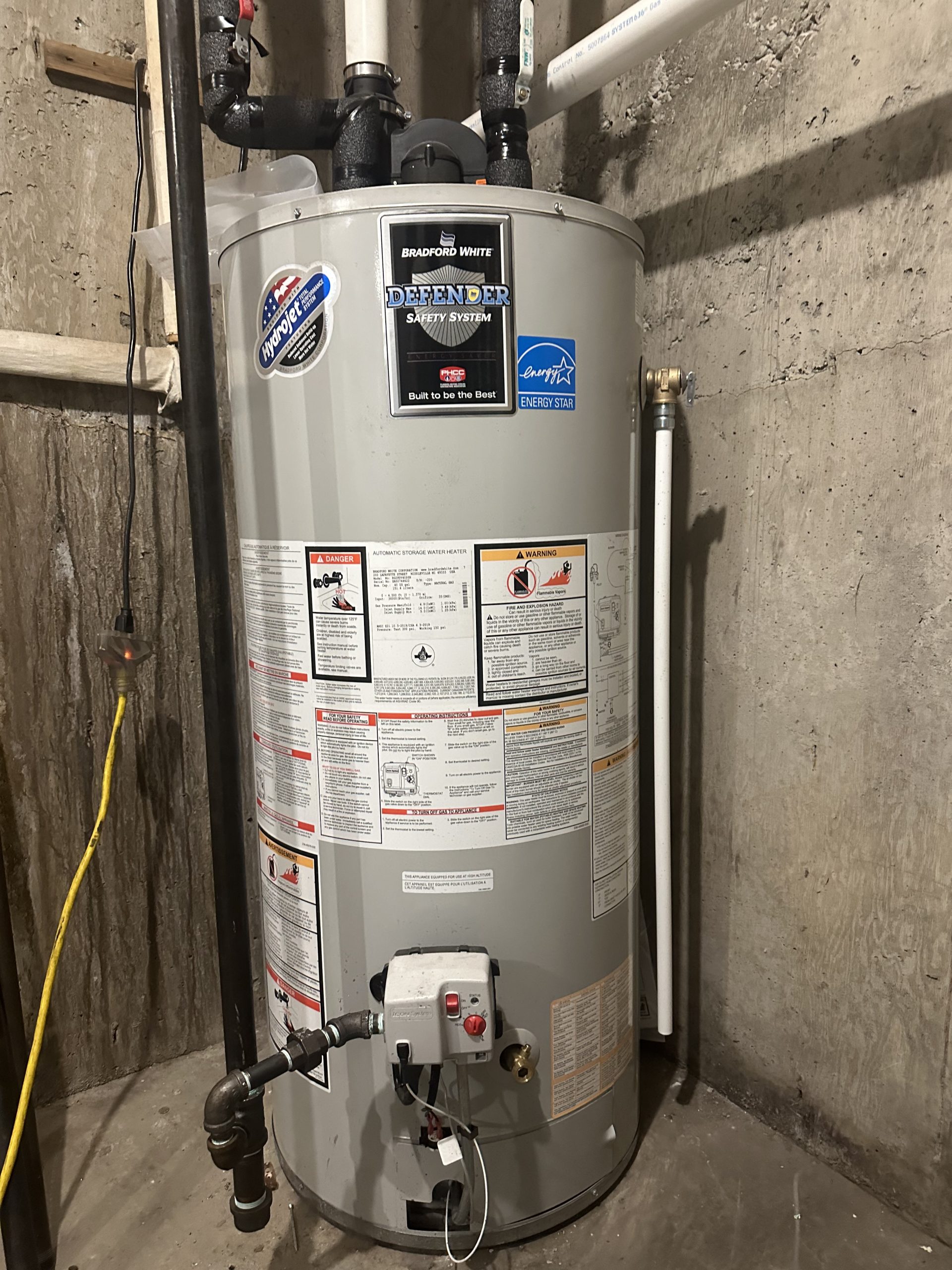Introduction
Leaky taps can be a home owner's worst nightmare. Not just do they waste water, however they can likewise lead to greater utility expenses, water damages, and stress. The audio of dripping water can develop a bothersome background sound that interrupts your tranquility in your home. However worry not! In this detailed overview, we'll explore whatever you require to learn about identifying and managing leaking taps in your home. From recognizing the sources of leaks to sensible services, this article will certainly equip you with the knowledge to tackle this common property pipes concern effectively.
How to Recognize and Deal with Leaky Faucets in Your Home
When it concerns property plumbing, recognizing exactly how to recognize a leaking faucet is vital. A leakage might seem minor originally, yet it can result in considerable problems in time otherwise resolved promptly.
Understanding the Sources of Dripping Faucets
Leaky faucets are often brought on by damaged washing machines or O-rings, loose components, or corrosion. Comprehending these reasons assists in diagnosing the issue accurately.
1. Damaged Washers
- What are washers? Washers are little rubber or plastic elements that develop a seal when you turn off your faucet. How do they use out? Over time, constant usage can create them to become fragile or fractured, causing leaks.
2. Corroded Shutoff Seats
- What is a valve seat? The shutoff seat connects the tap's cartridge or sphere assembly. Signs of rust: If you discover mineral buildup around the shutoff area, it could be corroded.
3. Loosened Parts
- How do loose components contribute? Loosened nuts and screws can avoid appropriate securing, creating leaks.
4. High Water Pressure
- Why does high pressure matter? Excessive water pressure can stress faucet components and bring about leaks over time.
Identifying a Leakage: Indications to Look For
Now that we understand possible reasons let's talk about exactly how to recognize whether you have a leaking faucet in your home.
1. Consistent Dripping Sounds
If you're listening to persistent dripping noises also when the faucet is switched off, it's likely leaking.
2. Water Stains Underneath the Sink
Check underneath your sink for indications of water stains. These might show slow dripping from your faucet.
3. Increased Water Bills
If you've seen an unanticipated spike in your water bill without any additional use on your part, it may be due to a leaky faucet.
Tools You'll Require for Repairing Leaky Faucets
Before diving right into fixings, gather the needed tools:
|Tool|Objective|| --------------------|-------------------------------------|| Adjustable Wrench|To tighten or loosen nuts|| Screwdriver|For eliminating screws|| Substitute Parts|Washers or cartridges as required|| Plumbing professional's Tape|To secure threaded connections|
Step-by-Step Guide: Just how to Deal With a Dripping Faucet
Let's break down exactly how you can deal with that pesky leak detailed!
Step 1: Shut off Water Supply
Before starting any repair, shut off the water system at the main shutoff valve under your sink.
Step 2: Plug Drain Opening
Use a rag or drain plug to prevent any type of small parts from falling under the drainpipe while you're working with the faucet.
Step 3: Take apart Tap Components
Using your flexible TMK Plumbing and Heating LTD. wrench and screwdriver:
Remove the deal with by loosening up any type of screws. Take off decorative caps if necessary. Loosen maintaining nuts carefully.Step 4: Evaluate Components for Damage
Examine washers and O-rings for indicators of wear and tear; replace any type of broken get rid of brand-new ones.
Step 5: Reassemble Faucet Components
Once substitutes are made:
Reattach all components backwards order. Ensure whatever is tightened safely yet stay clear of overtightening as it might trigger damage.Testing for Success Article Repair
After reassembling:
Turn on the supply of water slowly. Check for leakages by running the tap for a few minutes. Observe areas around joints and connections closely for indications of moisture.Preventive Procedures Against Future Leaks
To decrease future issues with dripping taps:
- Regularly examine taps for wear. Avoid making use of excessive force when turning handles. Install pressure-reducing valves if high pressure is a continuous concern.
Common Blunders When Dealing With Leaks
It's easy to make blunders during fixings; here are some usual ones and exactly how to avoid them:
Ignoring Signs of Wear
Many house owners neglect preliminary indications like minor drips up until it's far too late; attending to tiny concerns early saves money down the road.
Not Utilizing Correct Tools
Using wrong devices can damage components additionally; always guarantee you're furnished prior to beginning repairs.

FAQs About Leaky Faucets
Here are some often asked questions relating to dripping faucets:

Q1: How much water does a leaking faucet waste?
A leaky faucet can lose more than 3,000 gallons per year if left untreated!
Q2: Can I use tape as opposed to changing washers?
While plumbing's tape might briefly lower leaks, replacing worn-out parts is important for long-lasting fixes.
Q3: Do I require professional assistance for minor leaks?
If you're uncomfortable managing plumbing fixings or lack proper tools, it's best to talk to a professional plumber!
Q4: What sorts of taps are most vulnerable to leaking?

Q5: Is it worth dealing with a leaking kitchen area tap myself?
Definitely! Repairing it on your own not just saves money yet likewise empowers you with useful DIY skills!
Q6: Exactly how usually must I inspect my faucets for leaks?
Regular checks every six months assist catch small issues prior to they escalate into bigger problems!
Conclusion
Dealing with leaky taps does not need to be daunting! By understanding their reasons and following our extensive guide on identification and repair work steps, you'll be well-appointed to handle this typical domestic plumbing challenge properly! Remember that normal maintenance goes together with prevention-- so do not wait up until you listen to that drip again!
In summary, watching on your pipes fixtures not only saves water yet likewise boosts comfort within your home atmosphere! So roll up those sleeves-- your reliable toolbox awaits!